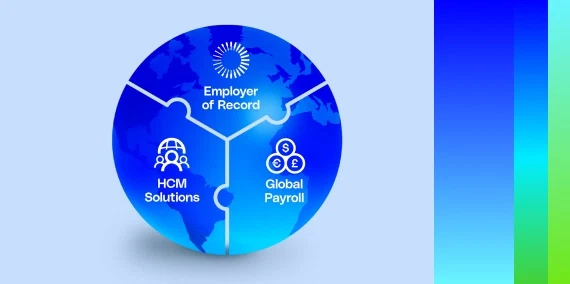Companies around the world have traditionally had a balance of staff that work at an office, work on site, work from home, etc. These encompass full-time, part-time, seasonal, temporary, contract employees, independent contractors and interns. The employment contracts and terms of employment typically reflected where the employees worked (geographic location) or were hired from (if working on assignment for example). The regular terms of employment did not usually extend to other than full-time and certain part-time employees (with exceptions – such as seasonal employees who could be full-time but only for a limited time each year).
One of consequences of the Covid pandemic was to require large numbers of employees to work from home. One of the unintended consequences is that many employees now want greater choice of how, when and where they work. The boundaries between different categories are blurring, causing numerous challenges for HR. Many companies are talking of broadly hiring from anywhere in the world to work for anywhere. Managing this concept along with hybrid work as well as conventional work from office will be at the top of HR’s priorities for years to come.
Speakers will discuss complex HR, pay equity, benefits associated with the new work arrangements.










